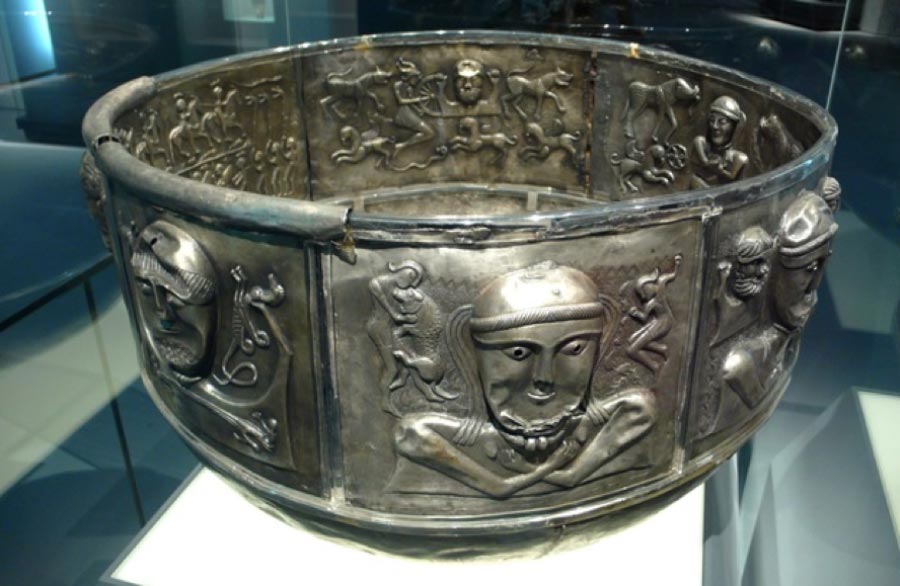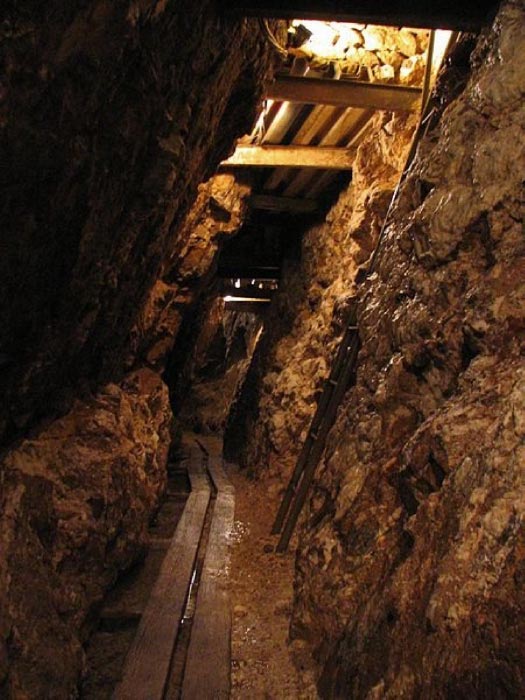
Moon Tear Hunters and the Quest for Ancient Silver
When the American author, diplomat, inventor, physicist and politician, Benjamin Franklyn, said: “Genius without education is like silver in the mine,” he encapsulated an ancient thirst shared by humans all over the world, and while gold-fever shaped more modern world economies, it was mankind's lust for silver that molded trade in ancient times.

Discovered in Gundestrup, Denmark and dating to 1500 BC this Celtic cauldron is made from 13 silver plates weighing almost nine kg. History Museum Bern. (CC BY-SA 2.0)
Silver to the Moon
The oldest silver artifacts ever discovered come from ancient Sumer and were created about 4000 BC, and since then, symbolically, silver was to the moon what gold was to the sun. In the ancient world, temples shimmered in the moonlight with intricately crafted silver vessels and elaborate ornamentation, and the clothing worn by priests, and particularly priestesses, was often woven with silver threads while the common people wore silver jewelry, spent silver coinage and created everyday utensils and crafted small ritual objects with the metal.
According to Christine Thompson’s 2011 book, Silver in the age of iron: an overview, rough-pieces of silver are known as ‘hacksilver’ (sometimes referred to as ‘hacksilber’) which are fragments of cut and bent silver used as bullion or as currency in antiquity, such as the Viking Cuerdale hoard which was discovered in England. Buried before 910 AD, this ancient stash of hacksilver includes over 8,600 coins as well as ingots and pieces of solid silver jewelry and plate.

A selection of Viking silver from the Cuerdale hoard in the British Museum. Buried in around 905, found in 1840. (CC BY-SA 3.0)
Silver’s malleability meant it wasn’t the best material for making tools, but it was this same quality, combined with the metal’s brilliant white color and natural resistance to oxidation, that made it perfect for making coins and ornamentation. Its pliability meant the metal was easily casted, chased, embossed, engraved, forged, inlayed and enameled and being reusable it was one of the few truly international commodities which both connected and divided the ancient world and this is evident in archaeologists’ discoveries of ancient silver mines in Greece, Spain, Italy, and Anatolia and in China, Korea and Japan, and also in the Americas.

A reused ancient Celtic underground silver mine located in Baden-Württemberg, Germany. (Public Domain)




